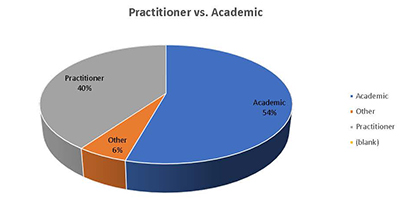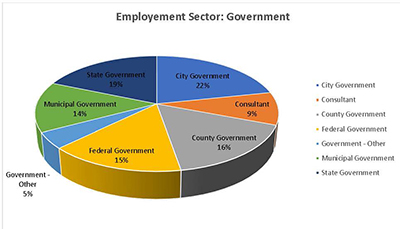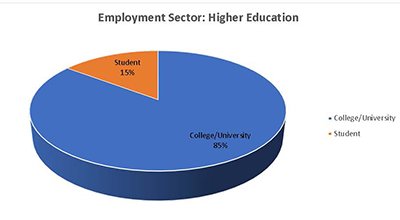About Our Members
ASPA's members come from all areas of public administration: civil servants, city managers, elected officials appointed officials, researchers, scholars, thought leaders, nonprofit managers and more.
The majority of ASPA members are between the ages of 30 and 65, with almost half between the ages of 30-49.

While currently ASPA membership is 53% male, 47% female, this number shifts from year to year, based on our current membership make-up.

ASPA members are diverse. While 62% are Caucasian, the remaining 38% represent a variety of ethnicities.
Note: Not all ASPA members have provided this demographic to ASPA. If you are a member and you have not indicated an ethnicity, please do so today so we can continue to formulate a more representative picture of ASPA members.

ASPA members come from across the globe, though the majority of them are based in the United States, many of whom reside in the eastern half of the country. That said, 23% reside in the West.

As noted above, our members span across sectors, including segments of government and higher education. A simple breakdown between practitioners and academics in ASPA membership shows 40% of our members are broadly defined as practitioners; 54% can be broadly defined as academics.

The data goes deeper than that, though, breaking down employment sector between areas of government and areas of higher education. While the below charts do not constitute all facets of ASPA members, they represent the majority of our members' employment sectors—state government being the largest constituency within government and professors being the largest constituency within higher education.


You can break down sectors even further into specific professional roles, where the picture becomes even more diverse. ASPA members hold roles varying from university faculty to appointed officials to students to civil servants and beyond. The below graph includes the largest segments of roles; many more roles are held within smaller pockets of our membership.

This data is reliant on our members' providing us with information about themselves. ASPA members should make sure they provide us with a clear picture of who they are, so we can tell our story as completely as possible.